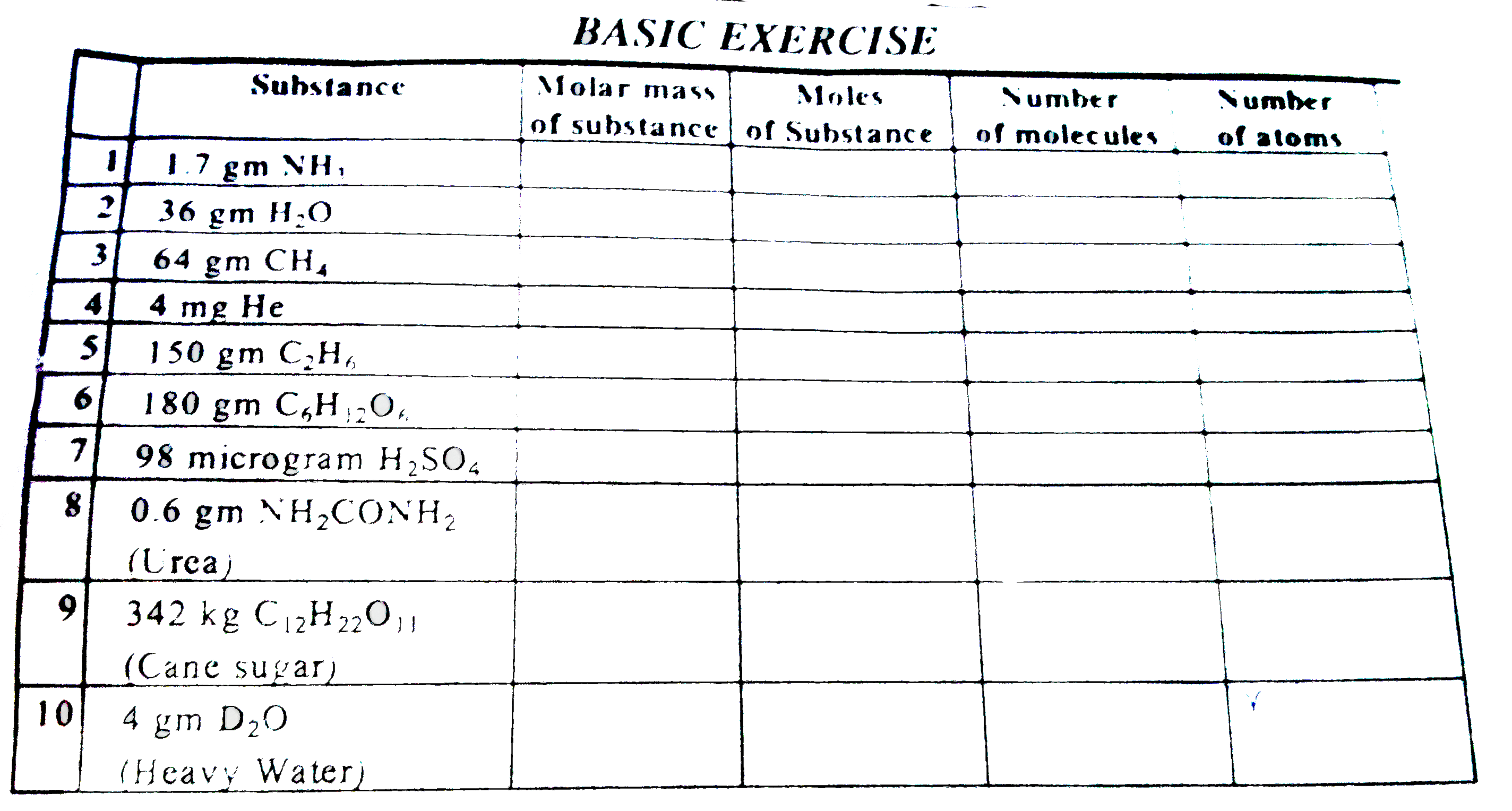Glycine exists as H3N+CH2COO− while anthra-nilic acid, p−NH2−C6H4COOH does not exist as dipolar ion.
To explain why glycine exists as a dipolar ion while anthranilic acid does not, we can break down the reasoning into several steps:
Step 1: Understanding Glycine Structure
Glycine is the simplest amino acid with the formula H2NCH2COOH. It contains both an amino group (−NH2) and a carboxyl group (−COOH).
Step 2: Formation of Zwitterion
In solution, glycine can exist in a dipolar ion form, known as a zwitterion. This occurs when the amino group accepts a proton (H+) from the carboxyl group, resulting in the structure:
- The amino group becomes positively charged (H3N+).
- The carboxyl group becomes negatively charged (COO−).
Thus, glycine can be represented as H3N+CH2COO−.
Step 3: Stability of Zwitterion
The zwitterion form of glycine is stable due to the internal charge balance. The positive charge on the nitrogen and the negative charge on the carboxylate group allow for a neutral overall charge, making it energetically favorable.
Step 4: Understanding Anthranilic Acid Structure
Anthranilic acid has the structure p−NH2−C6H4−COOH. It contains an amino group attached to a benzene ring and a carboxyl group.
Step 5: Electron Delocalization in Anthranilic Acid
In anthranilic acid, the lone pair of electrons on the nitrogen atom is involved in resonance with the aromatic ring. This delocalization makes the lone pair less available to accept a proton (H+).
Step 6: Lack of Zwitterion Formation
Due to the unavailability of the lone pair on the nitrogen for protonation, anthranilic acid does not form a zwitterion. The nitrogen remains in its neutral form, and the molecule does not exist as a dipolar ion.
Conclusion
In summary, glycine exists as a zwitterion due to the ability of its amino group to accept a proton from its carboxyl group, while anthranilic acid does not form a zwitterion because the lone pair on its nitrogen is involved in resonance with the aromatic system, making it unavailable for protonation.
---
Glycine is the simplest amino acid with the formula H2NCH2COOH. It contains both an amino group (−NH2) and a carboxyl group (−COOH).
In solution, glycine can exist in a dipolar ion form, known as a zwitterion. This occurs when the amino group accepts a proton (H+) from the carboxyl group, resulting in the structure:
- The amino group becomes positively charged (H3N+).
- The carboxyl group becomes negatively charged (COO−).
The zwitterion form of glycine is stable due to the internal charge balance. The positive charge on the nitrogen and the negative charge on the carboxylate group allow for a neutral overall charge, making it energetically favorable.
Anthranilic acid has the structure p−NH2−C6H4−COOH. It contains an amino group attached to a benzene ring and a carboxyl group.
In anthranilic acid, the lone pair of electrons on the nitrogen atom is involved in resonance with the aromatic ring. This delocalization makes the lone pair less available to accept a proton (H+).
Due to the unavailability of the lone pair on the nitrogen for protonation, anthranilic acid does not form a zwitterion. The nitrogen remains in its neutral form, and the molecule does not exist as a dipolar ion.
In summary, glycine exists as a zwitterion due to the ability of its amino group to accept a proton from its carboxyl group, while anthranilic acid does not form a zwitterion because the lone pair on its nitrogen is involved in resonance with the aromatic system, making it unavailable for protonation.
Topper's Solved these Questions
- BOOK - ICSECHAPTER - BIOMOLECULESEXERCISE - EXERCISE (PART-II) (DESCRIPTIVE QUESTIONS)(SHORT ANSWER QUESTIONS)67videos
BIOMOLECULES
- BOOK - ICSECHAPTER - BIOMOLECULESEXERCISE - EXERCISE (PART-II)(DESCRIPTIVE QUESTIONS)(LONG ANSWER QUESTIONS)31videos
BIOMOLECULES
- BOOK - ICSECHAPTER - BIOMOLECULESEXERCISE - EXERCISE (PART-I)(MATCH OF THE FOLLOWING)1videos
BIOMOLECULES
- BOOK - ICSECHAPTER - APPENDIX II ( TYPICAL CONVERSIONS)EXERCISE - AROMATIC CONVERSIONS98videos
APPENDIX II ( TYPICAL CONVERSIONS)
- BOOK - ICSECHAPTER - CHEMICAL KINETICSEXERCISE - ISC EXAMINATION QUESTIONS (NUMERICAL PROBLEMS )57videos
CHEMICAL KINETICS
Similar Questions
Why [BF6]2− ion does not exist?
View SolutionGlycine [NH2CH2COOH) is basic and acidic due to presence of −NH2 and −COOH group. It acquires a H⊕ to form ⊕NH3COOH, which is a diprotic acid with K1=4.55×10−3 and K2=1.7×10−10. In a 0.01M solution of neutral glycine,
a. What is the pH and
b. What percent of the glycine is in the cationic form at equilibrium?View Solution
Knowledge Check
- Question 1 - Select One
The peptide linkage formed between glycine (NH2CH2COOH) and alanine NH2CH∣CH3−COOH to give glycylalanine can be shown as
ANH2−CH2−NH−C∣CH3H−COOHBNH2−CH2−CONH−C∣CH3H−COOHCH2NCOCH2−C∣CH3H−CONH2⎞⎟ ⎟⎠DHOOC−CH2−NH−NH−C∣CH3H−COOH
Glycine exists as the zwitter ion, N+H3,CH2,COO−. Its conjugate base is
View SolutionIndicate whether glycine NH2−CH2−COOH is an acid or a base.
View Solution
Glycine (H2N−CH2−COOH) is one of the proteinogenic amino acid. Find moles of glycine in it's 7.5 gmView SolutionCH3COO− ion is more stable than C2H5O− ion. Assign reason.
View Solution(a) [BeF4]2− exits, but [BeCl6]4− does not. Give reson.
(b). Hydrated beryllium ion exists as [Be(H2O)4]2+, whereas hydrated magnesium ion exists as [Mg(H2O)6]2+. Give reason.View SolutionAssertion (A): The amino acid glycine predominatly exists in the form of ^(⊕)NH3CH2COOΘ.
Reason (R) : The conjugate acid of glycine is NH2CH2COOΘ.View SolutionA molecule of H2 exist while that of the He2 does not. Explain.
View Solution
